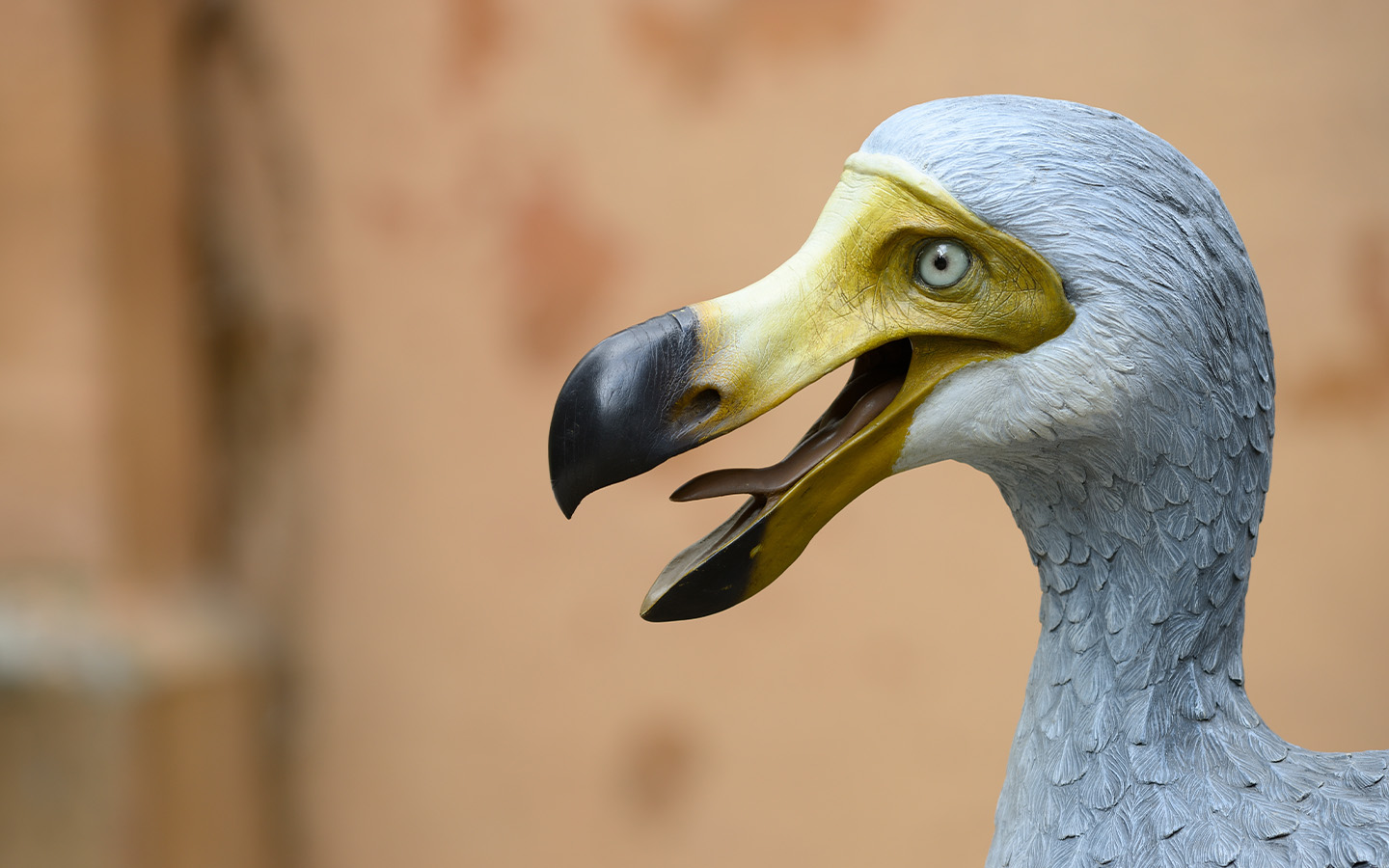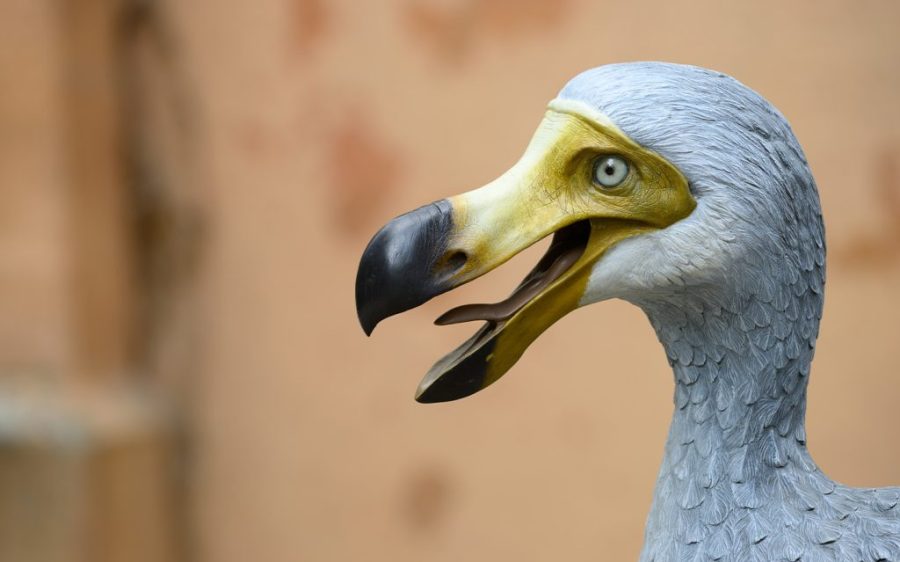Controversial “de-extinction” company Colossal Biosciences plans to bring back thousands of dodos within the next decade, reports the Guardian.
The company made a “pivotal step” toward bringing back the flightless bird long synonymous with extinction, according to a Wednesday announcement, having succeeded in growing pigeon primordial germ cells, precursor cells to sperm and eggs, for the first time.
While described as a “kind of very big goose” the last time it was sighted in 1662, the dodo was actually a type of pigeon endemic to the forests of Mauritius. It faced no predator before the arrival of humans, who hunted the hapless bird, destroyed its habitat and introduced other predators like rats and cats.
Now, the Texas-based Colossal Biosciences plans to inject primordial germ cells from the dodos’ closest living relative, the Nicobar pigeon, into chickens, editing genes over time to create the desired body and head shape of a dodo. It says it is confident its Crispr gene editing technology can bring back the extinct species.
Some experts, however, contend that these efforts amount to little more than a simulation of species we don’t fully understand. Leonardo Campagna, an evolutionary biologist at the Cornell Lab of Ornithology, praised the “remarkable progress” made by Colossal but cautioned that “it’s hard to know what it took to make a dodo genetically, from its genomic architecture to how its genes interacted with the environment.”
[See more: The giant sable antelope, Angola’s national symbol, is critically endangered]
He told the Guardian he’d be curious to see a pigeon with the unique face or “funny wings” of a dodo, “But is this in fact the dodo? We need to acknowledge that there is a lot we don’t know and maybe never will.”
Rich Grenyer, a biologist at the University of Oxford, said Colossal’s gene-edited animals are “at best a sort of simulation, rather like those unnerving animated AI portraits of dead relatives you sometimes see people create.”
He stressed that labelling these creatures as previously extinct animals introduces a “moral hazard”, enabling people to continue the destructive patterns that have led around 2 million current species to be at risk of extinction. There’s also the matter of where these animals go “because it’s generally the lack of habitat that caused the problem in the first place,” Grenyer told the Guardian.
Lamm has little patience for the criticism. The Colossal CEO sees the company’s work as inspirational, calling the supposed revival of the dire wolf “a monumental feat of genome engineering” on par with the landmark cloning of Dolly the sheep. (The company’s chief scientist later conceded that the animals are merely modified grey wolves).
If people don’t want to call the birds dodos, Lam fired back, “Then don’t. We just don’t care.”






